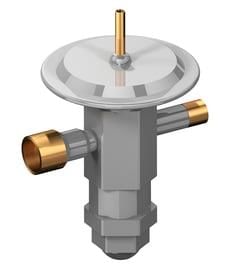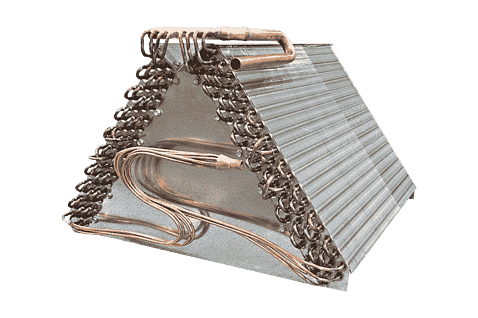Mechanical Engineering Exam > Mechanical Engineering Tests > Test: Refrigeration Cycles & Systems - 2 - Mechanical Engineering MCQ
Test: Refrigeration Cycles & Systems - 2 - Mechanical Engineering MCQ
Test Description
10 Questions MCQ Test - Test: Refrigeration Cycles & Systems - 2
Test: Refrigeration Cycles & Systems - 2 for Mechanical Engineering 2025 is part of Mechanical Engineering preparation. The Test: Refrigeration Cycles & Systems - 2 questions and answers have been prepared
according to the Mechanical Engineering exam syllabus.The Test: Refrigeration Cycles & Systems - 2 MCQs are made for Mechanical Engineering 2025 Exam.
Find important definitions, questions, notes, meanings, examples, exercises, MCQs and online tests for Test: Refrigeration Cycles & Systems - 2 below.
Solutions of Test: Refrigeration Cycles & Systems - 2 questions in English are available as part of our course for Mechanical Engineering & Test: Refrigeration Cycles & Systems - 2 solutions in
Hindi for Mechanical Engineering course.
Download more important topics, notes, lectures and mock test series for Mechanical Engineering Exam by signing up for free. Attempt Test: Refrigeration Cycles & Systems - 2 | 10 questions in 30 minutes | Mock test for Mechanical Engineering preparation | Free important questions MCQ to study for Mechanical Engineering Exam | Download free PDF with solutions
Test: Refrigeration Cycles & Systems - 2 - Question 1
The solution circuit in vapour-absorption cycle comprises of
Detailed Solution for Test: Refrigeration Cycles & Systems - 2 - Question 1
Test: Refrigeration Cycles & Systems - 2 - Question 2
The refrigerant circuit in vapour-absorption cycle consists of
Detailed Solution for Test: Refrigeration Cycles & Systems - 2 - Question 2
Test: Refrigeration Cycles & Systems - 2 - Question 3
The vapour compression refrigeration cycle is an inherently irreversible cycle, because
Test: Refrigeration Cycles & Systems - 2 - Question 4
In vapour compression refrigeration system, at entrance to which component the working fluid is superheat vapour?
Test: Refrigeration Cycles & Systems - 2 - Question 5
Which one of the following expansion processes takes place in a vapour compression cycle?
Test: Refrigeration Cycles & Systems - 2 - Question 6
The primary purpose of Boot-strap system is to
Detailed Solution for Test: Refrigeration Cycles & Systems - 2 - Question 6
Test: Refrigeration Cycles & Systems - 2 - Question 7
The air cooling system mostly used in transport type aircrafts is
Test: Refrigeration Cycles & Systems - 2 - Question 8
In a boot-strap air evaporative cooling system, the evaporator is provided
Detailed Solution for Test: Refrigeration Cycles & Systems - 2 - Question 8
Test: Refrigeration Cycles & Systems - 2 - Question 9
The cooling system used for supersonic aircrafts and rockets is
Detailed Solution for Test: Refrigeration Cycles & Systems - 2 - Question 9
Test: Refrigeration Cycles & Systems - 2 - Question 10
Dry ice is suitable for ____ temperature refrigeration.
Detailed Solution for Test: Refrigeration Cycles & Systems - 2 - Question 10
Information about Test: Refrigeration Cycles & Systems - 2 Page
In this test you can find the Exam questions for Test: Refrigeration Cycles & Systems - 2 solved & explained in the simplest way possible.
Besides giving Questions and answers for Test: Refrigeration Cycles & Systems - 2, EduRev gives you an ample number of Online tests for practice
Download as PDF























